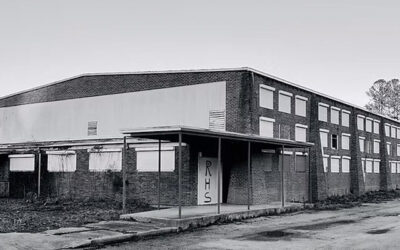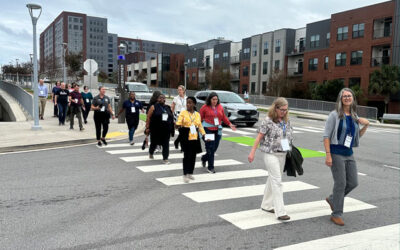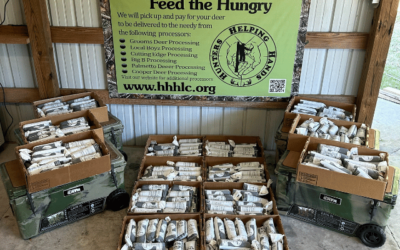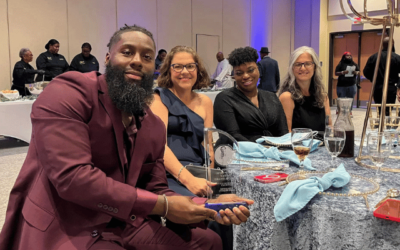A strategic plan is more than a roadmap—it is a living document that guides an organization’s direction, priorities, and decision-making. It reflects evolving challenges, opportunities, and community needs. As we launch our new four-year strategic plan, we embrace...
News
Healthy Palmetto Unveils Statewide Action Plan for Healthy Eating and Active Living
The newly launched Action Plan focuses on six strategic priorities developed through extensive collaboration among experts and community stakeholders.
Ruffin School: A Historic Landmark’s New Future
Find out how a local non-profit is turning the old Ruffin School into a community center and using a HEAL Mini-Grant to revitalize the baseball field.
SC State House Update: Bills are moving and new relationships are happening
We are actively engaged in advocating with our SC State House legislators to include health in all policies.
Increasing coordination of walkability and active transportation efforts in South Carolina
Statewide active transportation and mobility workshop encourages a unified, multi-sector approach to community design and improved health outcomes.
Deer hunters are bridging a food insecurity gap through donations
Lowcountry deer hunters are opening their hearts and donating venison to community food banks in an effort to address food insecurity.
The HYPE Project® honored with Empowering Justic Stellar Award
The Empowering Justice Charitable Foundation chooses Wholespire and The HYPE Project for its annual award.
The HYPE Project® expands into Louisiana State University AgCenter, 4-H Program
The Louisiana 4-H Teens Leading Change team with Jamaius White (middle). The Louisiana State University (LSU) AgCenter and Louisiana 4-H are collaborating with Wholespire to implement The Health Young People Empowerment (HYPE) Project in two parishes over the next...
Jumping Through Hoops: Navigating the Challenges of a HEAL Mini-Grant
Oakwood-Windsor Elementary School students have access water while enjoying recess. Sometimes, even the best plans run into unexpected challenges, especially during the procurement process. When your mini-grant project doesn’t go as planned, it can be discouraging,...









